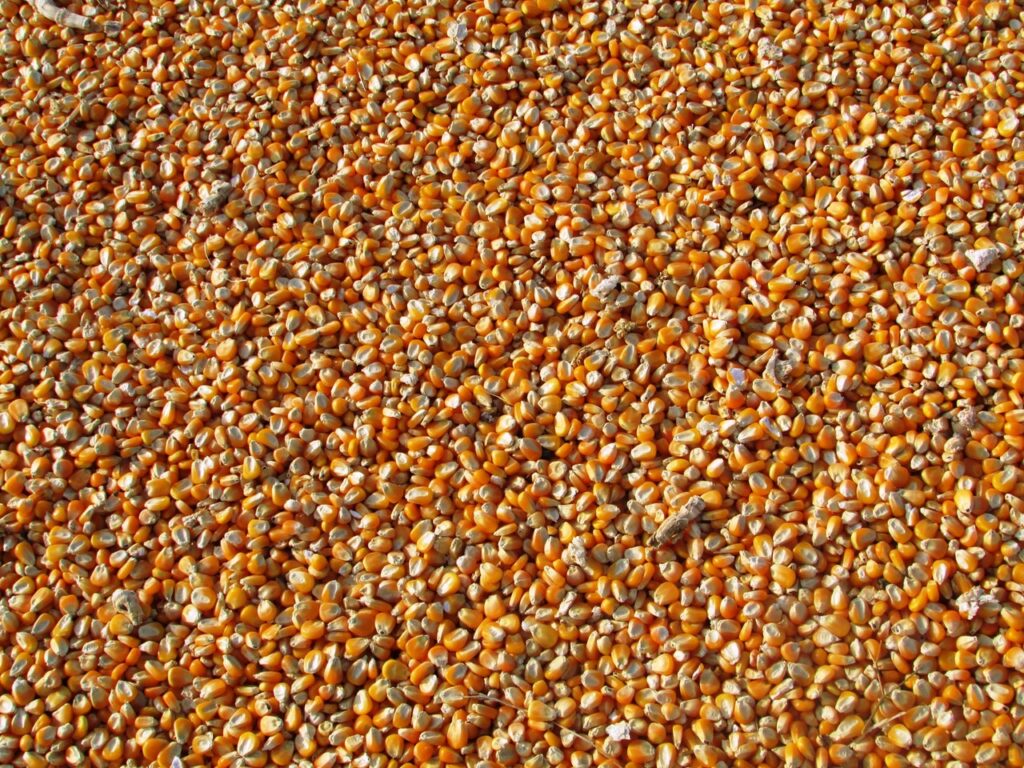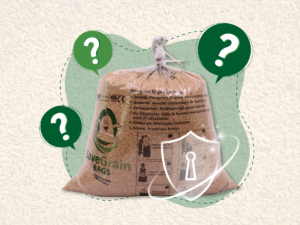Maize or corn is a cereal food crop, cultivated widely all over the globe, and has the highest production amongst all the cereals. In India, after rice and wheat, it is the third most important cereal crop.
What is the importance of maize?
Maize or corn is an important food staple in many countries, especially in the developing and underdeveloped countries.
In addition to that, it is also used in animal feed and has many industrial applications. It is a popular choice for the poultry industry, for cattle feed, for use as starch as well as for manufacturing industries.
All of this grants maize a high export potential, with a large population of farmers being dependent on it. For India, maize is also significant as it forms a component of the national food security program.
Historically, corn has seen more local consumption than commercial use. But over the years, its use for direct human consumption has reduced. The rising income levels make the preferred food crops such as rice and wheat more affordable to all. At the same time, the increasing commercial demand from poultry and starch industries as well as from diversified industries such as alcoholic beverages, biofuel, processed food, corn oil, etc has kept the maize prices relatively steady.

What are the reasons for its popularity?
With regards to area and production, maize ranks third in the world. The reasons for its popularity amongst both producers and consumers could be attributed to the following factors:
- Genetic variability: Corn, grown mainly over three seasons in India, has tremendous genetic variability which offers variety and allows it to thrive in tropical, subtropical, and temperate climates.
- Adaptability: Its genetic variability lets it adapt to diverse agro-climatic conditions.
- Variety: There’s a large amount of choice available with regards to maize varieties, ranging from ones maturing in 85 days to over more than 200 days. The crop also offers variability in colour, texture and other such characteristics.
- Economically favourable: Corn also gives the highest average yield compared to other major crops such as rice and wheat. It boasts of efficient utilisation of radiant energy and fixation of carbon dioxide from the atmosphere. Labour costs are low and in general, compared to other crops, the economics of maize cultivation is lowest. The cost benefit ratio of maize is highest because of its high productivity.
- Nutrition: The crop contains 60-68% starch and 7-15% protein. It’s also rich in vitamin A, riboflavin, phosphorus, and potash.
- Wide applications: These range from food staple to livestock feed to industrial raw material, enabling maize to maintain its popularity. Amongst cereals and millets, oil is extracted only from maize. Maize oil is used as a cooking medium, corn flour as a thickening agent, while corn syrup and corn sugar are used in confectioneries.
Post-Harvest Storage Of Maize
Defined as the loss of grains between harvest and consumption, post-harvest losses of crops constitute a significant proportion of grain loss in India. A good percentage of post-harvest loss of maize also occurs during harvesting, threshing, winnowing, transportation and storage.
Post-harvest loss in maize is mainly of two types:
- Quantitative loss: occurring due to inconsistent harvest methods, spillage during transportation, and damage by pests.
- Qualitative loss: changes in colour, smell, taste and reduction in nutritional value may occur due to contamination with toxins, pathogens, insects or rodent excreta.
Maize suffers from these post-harvest losses due to two primary causes:
- Improper shelling and drying techniques
- Improper storage and handling
Since grain storage loss is a major contributor to post-harvest loss, let’s look into it further.

The challenges faced with corn storage
- Physical factors: Physical factors such as oxygen, moisture, relative humidity and temperature have a major impact on the storability of grain. Minimal monitoring during storage also adds to the stress.
- Insect and mold growth: Under poor storage conditions, infestation in the form of pests, insects or mold occurs on stored maize. Such infestations are the cause of aflatoxin release, which is extremely harmful to health if consumed.
- Chemical use: Management of pests largely is dependent on the use of synthetic pesticides and fumigants, but misuse or overuse of these chemicals can have serious repercussions, such as resistance, pollution of the environment, food poisoning, etc.
- Inefficient storage systems: In most developing countries, farmers use conventional grain storage structures and handling systems such as woven bags or cribs to store grain. But these are ineffective against the molds and insects already present in the grain before storage. Space is also a major challenge with conventional storage units.
What are solutions for better storage?
Hermetic storage products are effective alternatives for maize grain storage as they have minimal storage losses without using any chemicals.
Hermetic storage technology offers an air-tight and moisture-tight barrier system, between the grain and outside environment, shielding it from unfavourable climactic conditions and contamination by pests. It is cost-effective, convenient and chemical-free, preserving the quality of maize in its optimal form. These hermetic bags in turn can be placed into outer bags, a replacement for the traditional jute bag. Outer bags serve as an additional protective layer for crops, especially for the ones which are sensitive to sunlight.
Such a storage system helps to minimize post harvest losses of maize and to establish food security amongst the farmers.
Save Grain Bags offers hermetic storage bags, the ideal solution to ensure proper of corn and minimize grain loss.





